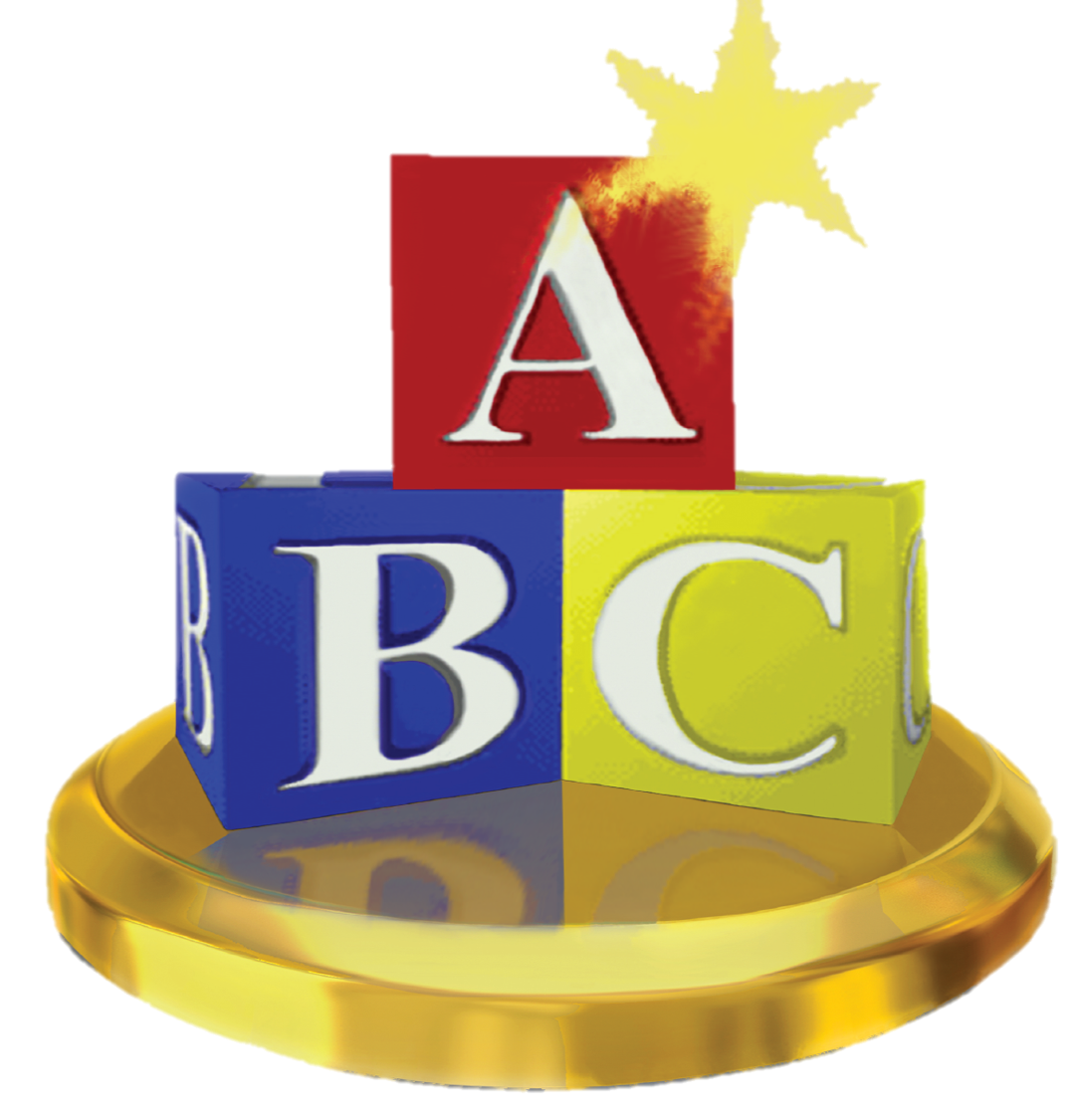The R.E.A.L. Model™
Recreating Environments to Accelerate Learning
About R.E.A.L.
In order to effectively address the lack of concept generalization so the individual with Autism/ASD can respond to the natural contingencies in the environment, ABA treatment must be designed to promote repertoires that will allow he/she to come into contact with those natural contingencies without structured training. To further enhance the generalization process in ABA intervention, ABC’s Co-founder, President & CEO Brenda Terzich-Garland developed the R.E.A.L. (Recreating Environments to Accelerate Learning) Model™ in 1996. It is used as the theoretical and conceptual framework for ABA treatment at Applied Behavior Consultants, Inc. and as a curriculum guide for teaching generalization at the start of treatment and throughout.
The R.E.A.L. Model™ delineates 5 levels of generalization that guide the development of lessons designed from the individual’s comprehensive behavioral assessment and then used as a curriculum guide for lesson development and progression throughout the ABA treatment.
The process starts from initial concept and skill acquisition taught in a highly structured environment and systematically introduces stimuli and contingencies that eventually represent what the individual will come into contact with in the natural environment. Each step provides the generality of behaviors expected and the generalization of behavioral principles and techniques needed for correct lesson implementation by the therapist (behavior technician).
Special emphasis highlights the need to bridge concepts and skills to teach complex repertoires, establish multiple-control and generalize social behavior to the verbal community in a variety of natural settings. More specifically, as the individual readily displays skills taught in structured teaching across predictable daily routines, emphasis of intervention is on skill performance focusing on complexity and accuracy of repertoires acquired. Intervention then moves towards teaching the quality of repertories performed in social situations that are typical for the individual’s age so behaviors are performed based on the verbal behavior of others.
The focus is on social competence where behaviors the individual learns lead to doing what is required or desired, stop or modify what is not acceptable, and generalize the acquired social repertories across novel situations.

